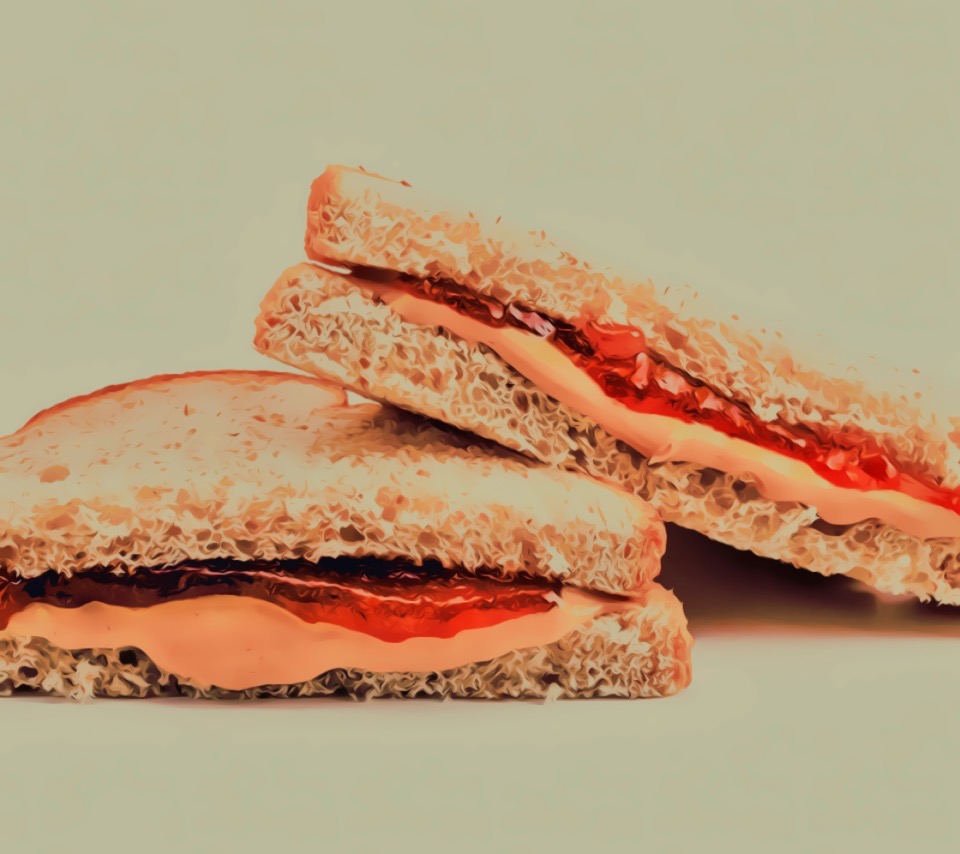The Return of the Raines Sandwich

brick sandwiches consisting of two pieces of bread with brick between are set out on the counter, in derision of the state law that prohibits the serving of drinks without ‘meals.’
Jacob Riis (1902).
In late May, as Napa and Sonoma counties began allowing tasting rooms to reopen, the California Alcohol Beverage Control (ABC) established new rules requiring wineries and distilleries to provide a bona-fide meal with a tasting. The tasting fee and food purchase had to be rung up on the same ticket, even though the winery wasn’t licensed to sell food and the food provider often wasn’t licensed to sell wine.
The California ABC soon realized that the food requirement was unsustainable and quickly abandoned it. However, Alameda County Board of Health resurrected the rule, insisting that a meal must be purchased with a tasting. By implementing the food requirement, the County prevented a number of tasting rooms from reopening – even with outdoor seating.
The Alameda County food requirement is not new. Rules requiring food with alcohol service date back to the temperance movement in the late 19th century. The most famous of these is the Raines law, sponsored by Assemblyman John Raines and passed into New York law in 1896. It attempted to curb the consumption of alcoholic beverages on Sundays by prohibiting its sale except in establishments that offered meal service. The intent was to restrict the working class’s access to drink by closing establishments on their only day off (few workers could afford a costly restaurant meal). However, the law still allowed Sunday access to the more affluent members of society.
But human ingenuity can be more powerful than any law. Bars quickly responded to the Raines law by creating cheap, throw away sandwiches that would become known as the Raines Sandwich. At first, the Raines Sandwich was two pieces of stale bread with an inexpensive filler. Later, the filler was replaced by reusable rubber, and finally the whole sandwich became reusable. They were offered with the drink and then recycled for the next customer.
The new rules that Alameda County is imposing is meant to reduce the number of wineries that you can visit in a day. They confuse the exploration and tasting of wine with a pub crawl. The health department believes that wine tasters will hop from winery to winery and spread the corona virus wherever they go.
Nothing could be farther from the truth. A tasting combines entertainment and education to an interested public and takes anywhere from 45 minutes to an hour to complete. Few people plan for more than three visits in a single outing. In our experience, wine tasting is not a pub crawl.
Maybe it’s time to bring back the Raines Sandwich.
Update July 24: since this posted, Alameda County has removed the food restrictions on winery tasting rooms. However, the Raines law has returned to New York.
This week, Governor Cuomo declared bars were ‘not allowed to serve alcohol without serving food.’ This led to the $1 Cuomo Chips, which he soon disallowed by declaring the food had to be ‘substantial.’ Interestingly, Cuomo considers sandwiches to be a substantial food item. Nowhere in the order, however, does it say the food has to be edible. How long until New York get’s the Raines back?
Update July 29: Alameda County has not removed the food requirement. Maybe we should call it an Alameda Sandwich?


